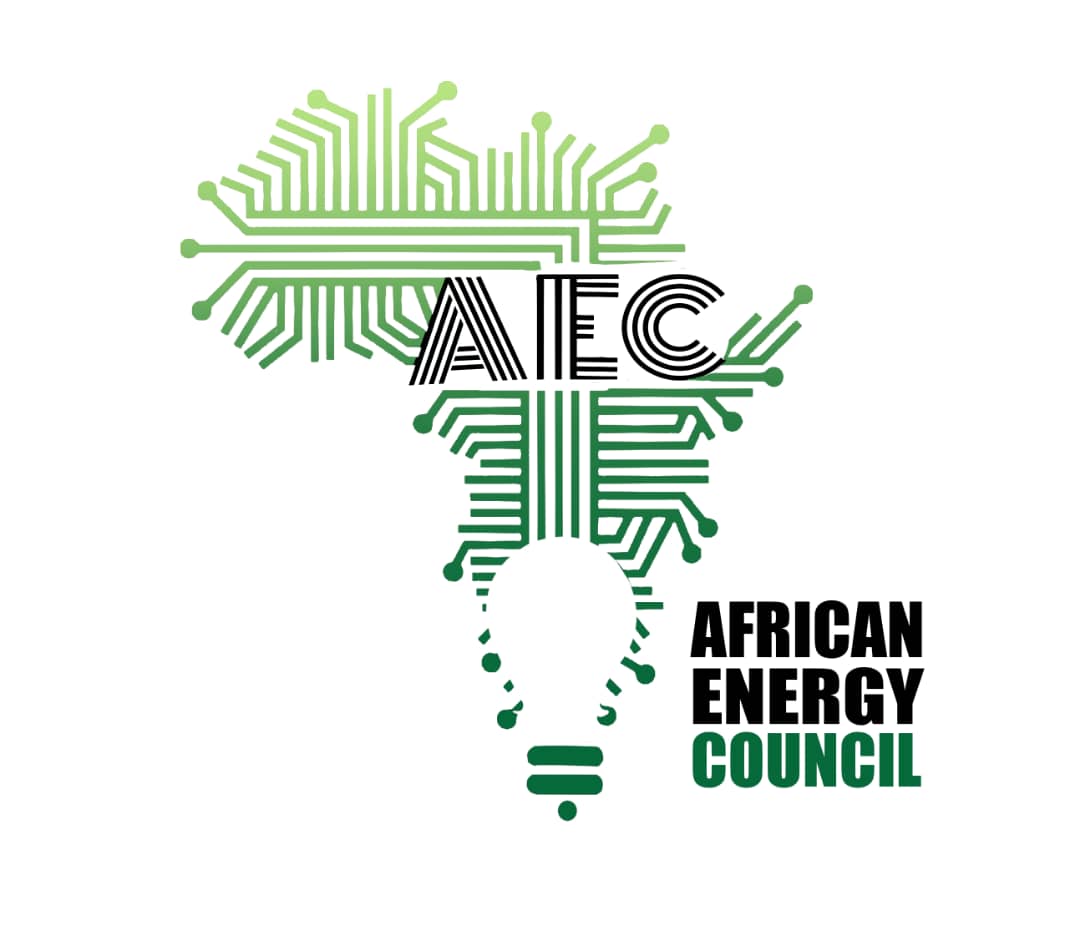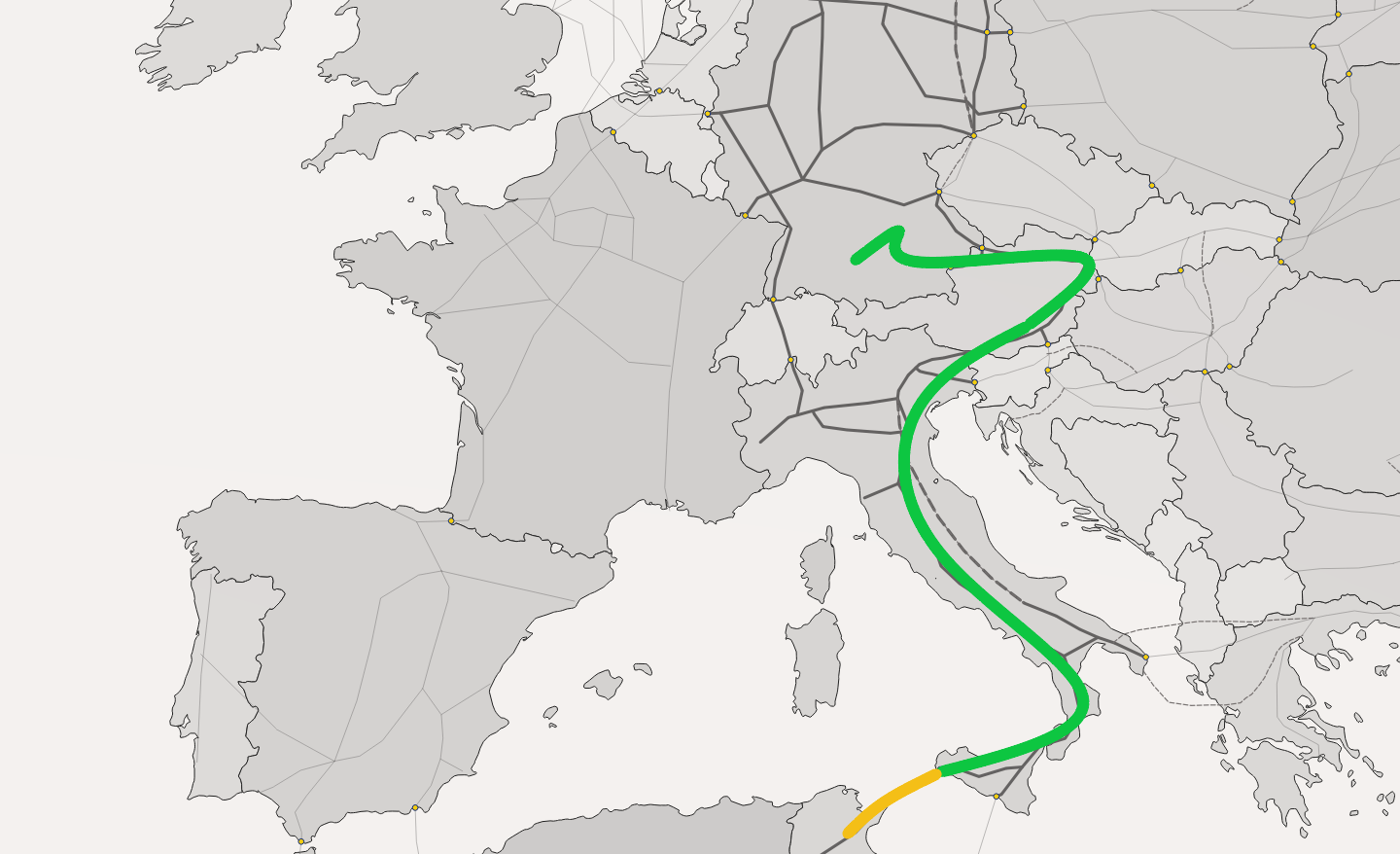The energy ministers of the countries involved have signed a letter to provide political support for the construction of the “SoutH2 Corridor,” which is crucial for Italy’s strategy as a green energy bridge connecting Northern Africa and Central Europe.
Recently, the Energy Ministries of Austria, Germany, and Italy jointly signed a letter endorsing the development of a European hydrogen corridor. This corridor will be established through the construction of new hydrogen-ready pipelines, enabling the transportation of green gas from northern Africa to southern Germany, passing through Italy and Austria.
Each section of the corridor has the potential to be considered a Project of Common European Interest (IPCEI), representing significant European infrastructure, particularly as the bloc continues its energy transition efforts. Consequently, EU funding is likely to be attracted.
Four major European companies have expressed readiness to undertake the construction: Snam will oversee the Italian section, Trans Austria Gasleitung (TAG) and Gas Connect Austria (GCA) will handle the Austrian section, and Bayernets will develop the German segment. A joint statement from these companies confirms their appreciation of the political support received.
The dedicated pipeline system, referred to as the “SoutH2 Corridor,” will span approximately 3,300 kilometers, starting from the northern African coast in Tunisia, running along Italy’s gas infrastructure, crossing Austria, and reaching Bavaria in southern Germany—an industrially significant region. The primary objective is to facilitate the supply of competitively priced hydrogen to key European demand clusters by leveraging the abundant renewable power resources found in the Southern Mediterranean region.
To achieve this, the initiative will make use of existing midstream gas infrastructure, repurposing it for hydrogen transportation, along with the addition of new dedicated infrastructure where necessary. Repurposed pipelines will comprise over 70% of the overall infrastructure. The estimated capacity of the corridor is over four million metric tons per year, potentially delivering up to 40% of the RePowerEU target, as indicated by the participating companies.
The note further states that the SoutH2 Corridor is projected to become fully operational by 2030. The final infrastructure will be formed by the contributions of four individual project candidates. This development marks a significant step for the Meloni government’s Mattei Plan, a strategy centered around foreign policy, translational infrastructure, and local investments aimed at fostering shared growth between Italy and African nations.
Italian Foreign Minister Antonio Tajani met with several African ambassadors on Monday to further strengthen ties and announce that the details of the plan will be unveiled at the Italy-Africa Conference scheduled for autumn.

